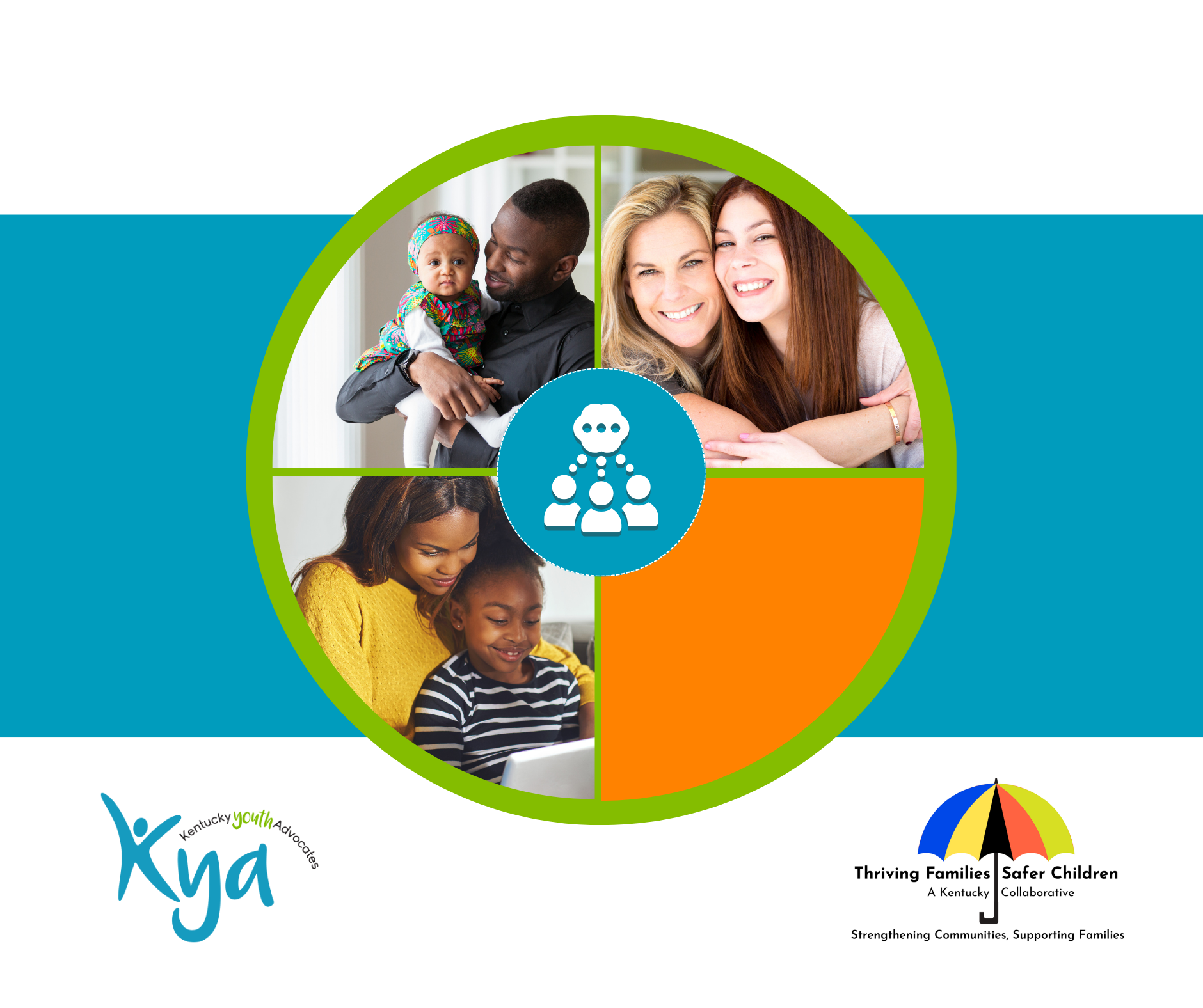![]() July 1, 2015 is a monumental date for Kentucky’s juvenile justice reform. It is when SB200, the juvenile justice reform bill which passed in 2014, goes into full effect. An unprecedented amount of communication and collaboration has occurred within the past year between the many agencies involved in making this reform a reality. At the May 12th Juvenile Justice Oversight Council meeting, Ryan Thornell, a consultant working with Kentucky from the Crime and Justice Institute, commended the Council, validated that Kentucky is well-positioned for the July implementation and applauded the agencies for their progress and extensive work.
July 1, 2015 is a monumental date for Kentucky’s juvenile justice reform. It is when SB200, the juvenile justice reform bill which passed in 2014, goes into full effect. An unprecedented amount of communication and collaboration has occurred within the past year between the many agencies involved in making this reform a reality. At the May 12th Juvenile Justice Oversight Council meeting, Ryan Thornell, a consultant working with Kentucky from the Crime and Justice Institute, commended the Council, validated that Kentucky is well-positioned for the July implementation and applauded the agencies for their progress and extensive work.
Throughout the past year, we have specifically been following the progress of the FAIR teams. These local teams are made up of multi-disciplinary community members and parents who help youth and their families by diverting the youth to services rather than court intervention when appropriate. The Administrative Office of the Courts reported that 77 percent of youth in diversion now have access to enhanced resources covering 41 judicial districts through the establishment of local FAIR teams. The 13 remaining districts are on-track to have key members identified who will work towards building services for identified youth and families within those communities.
The AOC has been convening Community Partners SB200 Orientation meetings in all of the 41 judicial districts with local FAIR teams. At a recent orientation, a local District Court Judge introduced her take on the purpose of the reform act:
“SB 200 is important to get the community to help our kids so they don’t have to come to me. If it keeps even one kid out of the court system, I see it as a success. But, I know that it’s going to help many more than just one kid.”
While the main focus of these orientation meetings is to educate the community on the requirements and intent of SB 200, I found the most powerful piece of the orientation was the collaborative exchange between the various services that work with youth in the community such as law enforcement, schools, and service providers. All entities were focused on identifying the strengths of the services that are currently available, pin-pointing areas of need, and strategizing to fill those needs with new ideas and services. One example was when a law enforcement officer shared his need for youth supports mainly during “after hour” shifts – for situations where a youth just needed time away from his family to deescalate. The officer shared that he knew arresting the child would not help, and more than likely would exaggerate the problem, but he didn’t know what options were available. He was provided immediate access to phone numbers of safe places for youth and other ideas for community supports for the family.
We are proud of the work that so many advocates and agencies are putting towards helping our communities find ways to support our youth. We agree that the more kids who are kept out of the court system and given the help they need, communities will be better served by those youths’ future successes.






Leave A Comment